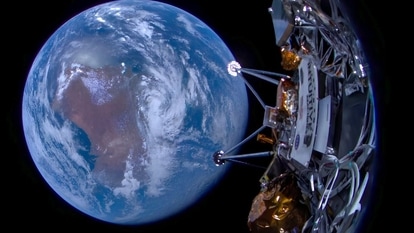Solar storm attack! Why Earth is suffering from this TERROR spawned by our Sun
Ever since the beginning of the year, Earth has been riddled with solar storms. But why has the Sun suddenly turned much more violent than usual? Find out.
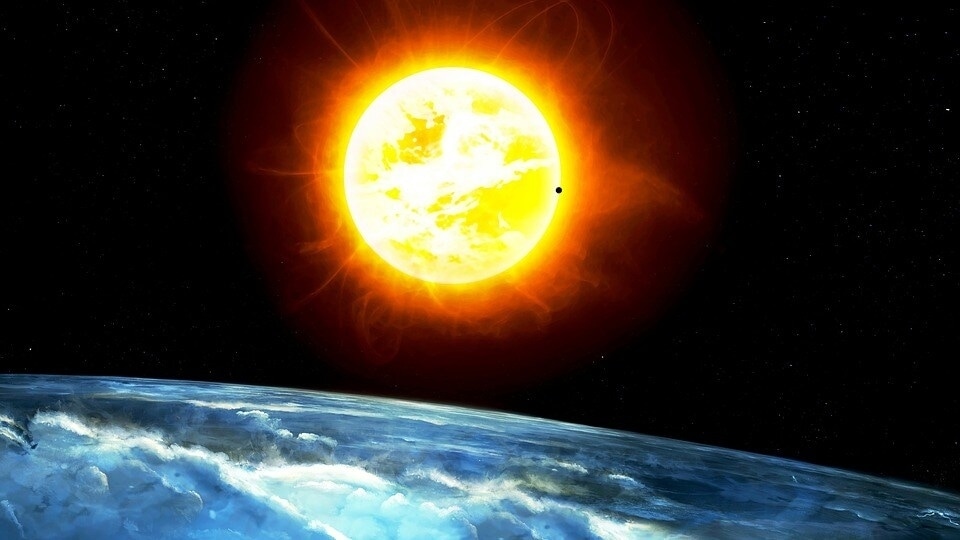
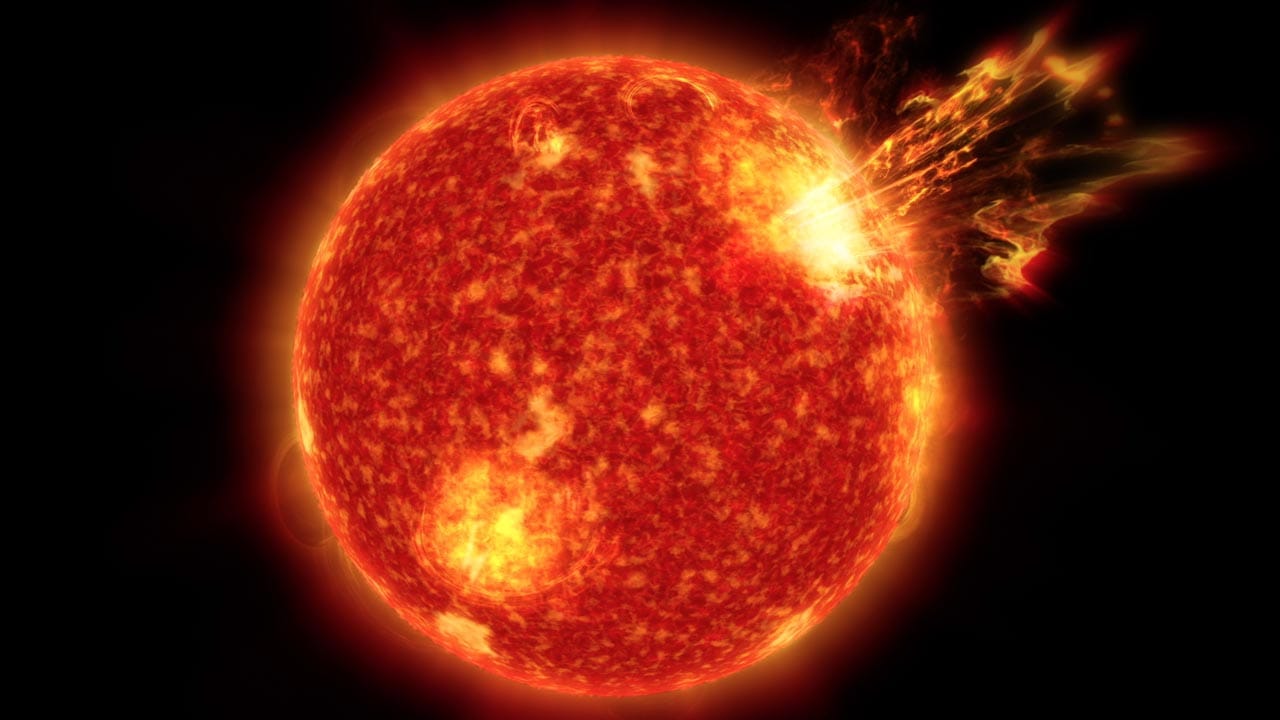
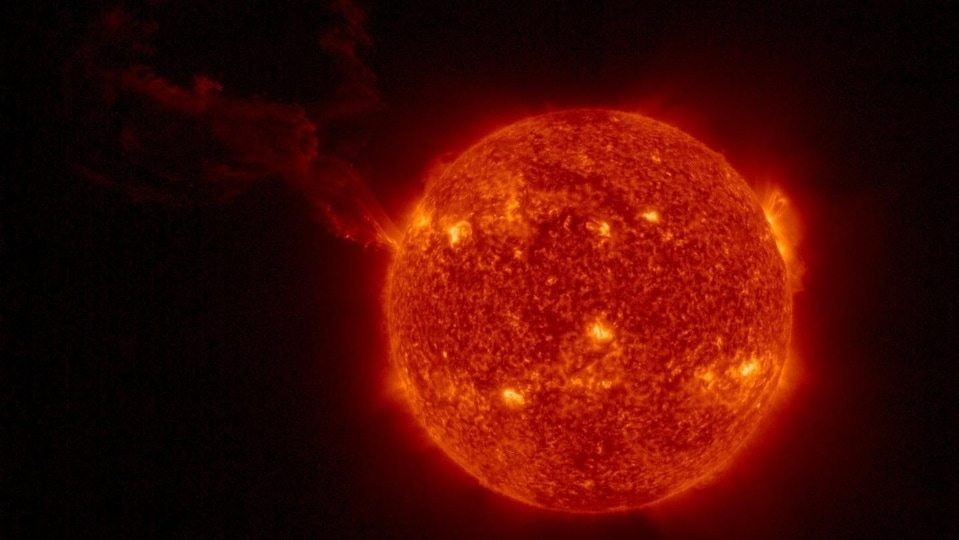
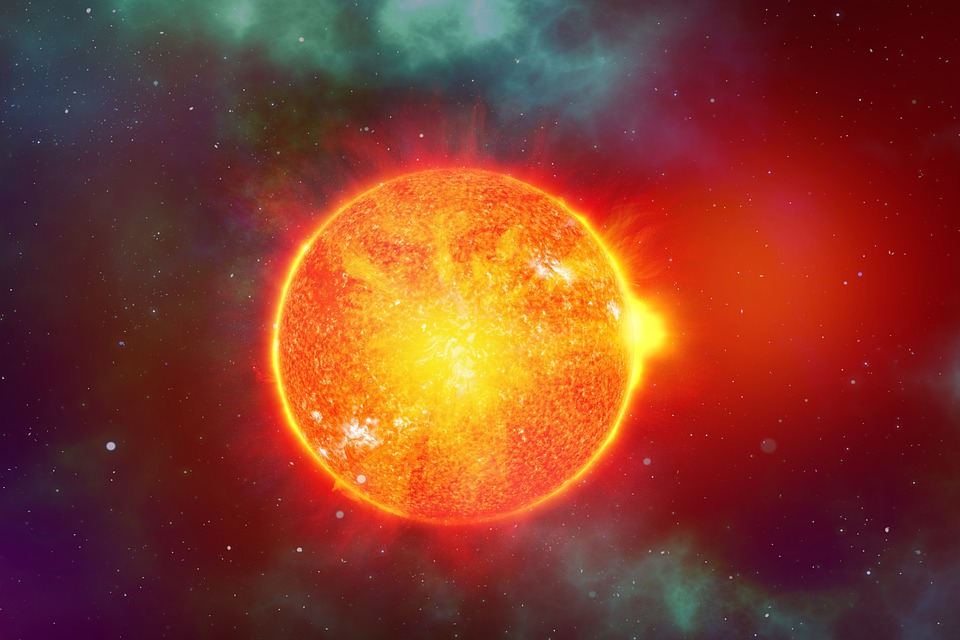

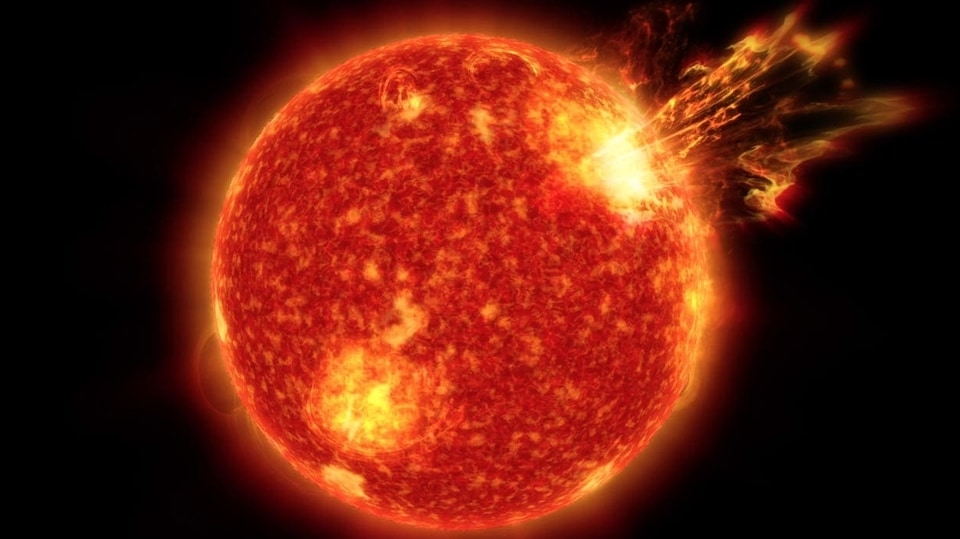
 View all Images
View all ImagesWith three unstable sunspots currently facing the Earth, there is a 70 percent chance that either one of them can explode and spew out an X-class solar flare that sends a solar storm towards our planet. But this is not an isolated event. Since the beginning of 2023, Earth has suffered multiple solar storms caused by coronal mass ejections (CME) and solar flare eruptions. Among them, two were X-class solar flares that caused radio blackouts in Australia, New Zealand and South America. But the question is why has the Sun suddenly turned unstable and what is the reason behind this increased solar activity. Read on to find out.
Solar storms plague the Earth
In just the last twelve days, the Earth has suffered one CME-induced solar storm, two X-class solar flare eruptions and a couple of M-class solar flare eruptions. In the entirety of 2022, we have not seen such aggravated solar activity. And astronomers believe this is directly related to the Sun reaching the peak of its solar cycle.
Currently, the Sun is in its 25th solar cycle. For the unaware, the solar cycle is an 11-year period where the Sun undergoes changes in its magnetic activity, sunspot count and overall solar activity. Each solar cycle consists of a peak and a trough, known as solar maximum and solar minimum. During the solar maximum phase, the activity on the Sun dramatically increases and this is the period when solar storms and solar flares are seen at their highest. It should be known that we began counting solar cycles in 1755.
The Sun entered the solar cycle 25 in 2019 and it is expected that it will hit its peak in July 2025. And this is the main reason why the Sun has suddenly become so active. The peak of a solar cycle is usually marked with a high number of sunspots appearing together on the surface of the Sun. On average, during the peak, the Sun can have as many as 180 sunspots at the same time. So far, the highest number of sunspots we have seen on the Sun at the same time was 8, which happened two days ago, on January 11.
Now, it is predicted that the frequency and intensity of solar storm activities will be on the rise for the next two years till it hits the solar maximum. So, the Earth is in for a rough ride. If the Earth is hit with a G5-class solar storm, it can not only damage satellites and disrupt wireless communications such as internet services, mobile network and GPS, it can also cause power grid failures and even disrupt electronics such as pacemakers on Earth.
Catch all the Latest Tech News, Mobile News, Laptop News, Gaming news, Wearables News , How To News, also keep up with us on Whatsapp channel,Twitter, Facebook, Google News, and Instagram. For our latest videos, subscribe to our YouTube channel.




